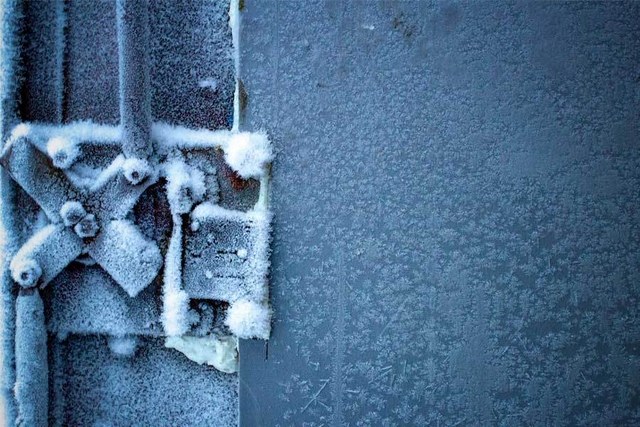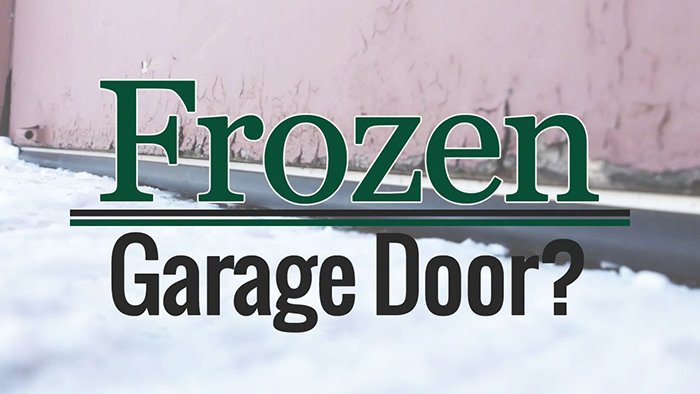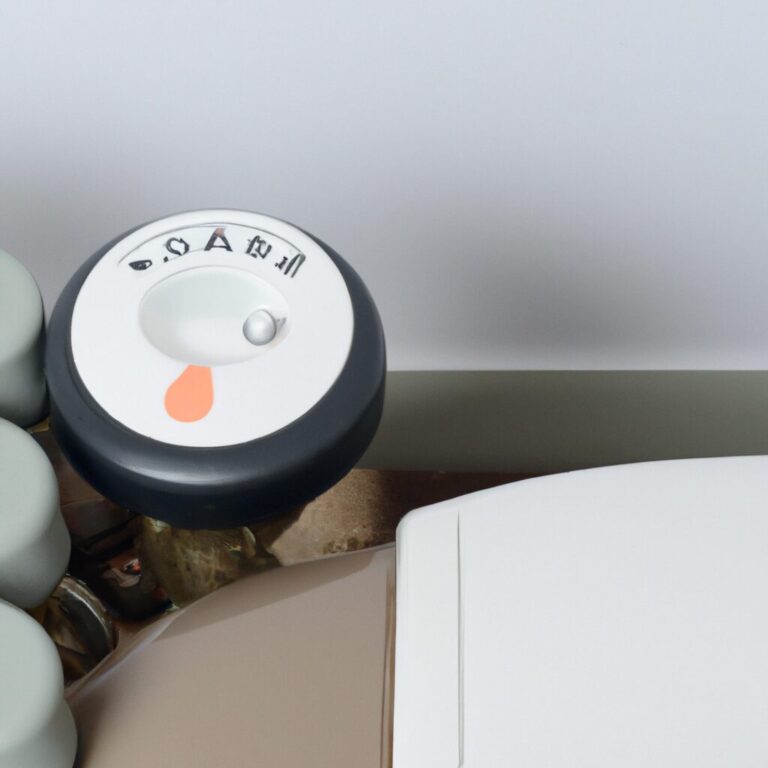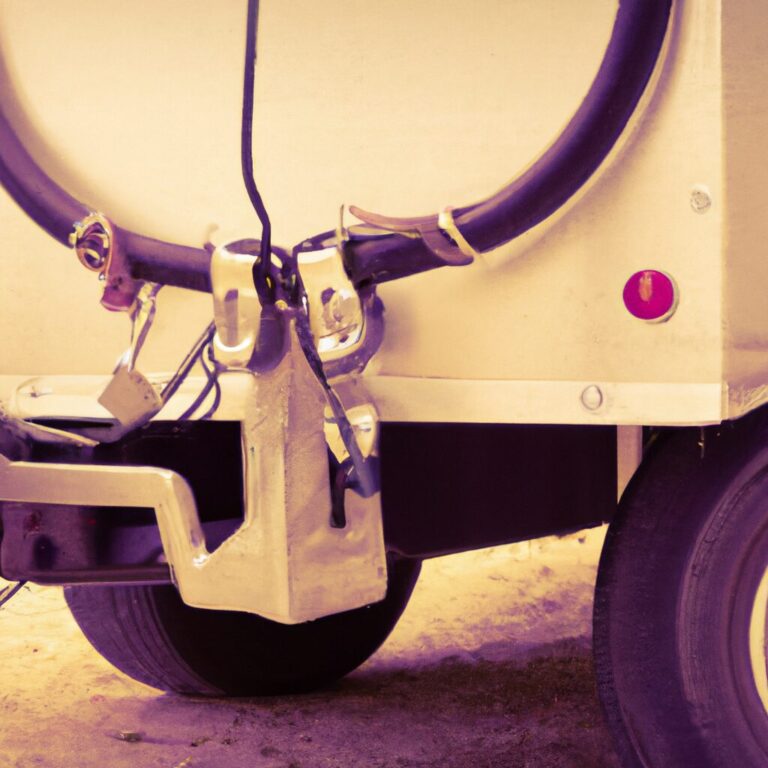How to Unfreeze a Garage Door
To unfreeze a garage door, apply heat with a hairdryer or heat gun. Avoid using excessive force to prevent damage.
Garage doors can often become frozen during cold weather, making it difficult to open or close them. Knowing how to unfreeze a garage door quickly and safely can save you time and frustration. By following a few simple steps and using the right tools, you can thaw out a frozen garage door and get back to using your space efficiently.
We will discuss effective methods to unfreeze a garage door without causing any harm to the door or its components. Let’s explore some easy solutions to tackle this common winter problem and ensure smooth operation of your garage door.
Common Reasons For A Frozen Garage Door
When winter sets in, one of the common household problems that many people encounter is a frozen garage door. There are a few common reasons why a garage door may become frozen, which can be a source of frustration for homeowners. Understanding these reasons can help you take the necessary steps to prevent your garage door from freezing and to know how to address the issue if it does. Let’s explore the common reasons for a frozen garage door!
Cold Weather
Cold weather is a primary cause of a frozen garage door. When the temperature drops, the metal parts of the garage door, such as the tracks, hinges, and rollers, can become cold enough to freeze. Additionally, the cold can affect the lubricant used on these parts, causing it to thicken or solidify, making the movement of the door difficult. The weatherstripping at the bottom of the door can also become stiff and frozen in cold temperatures, causing the door to stick to the ground. The contraction of metal components due to cold weather can also lead to misalignment, further contributing to the door being frozen shut.
Water Accumulation
Another common reason for a frozen garage door is water accumulation. When snow or rain seeps into the garage and is left to sit, it can freeze, causing the bottom of the door to become stuck to the ground. This is especially problematic if the garage floor has poor drainage, leading to standing water that can freeze and block the movement of the door. Furthermore, if the door’s weatherstripping is damaged or worn, it can allow water to seep into the garage, exacerbating the issue of water accumulation and increasing the likelihood of a frozen garage door.

Credit: www.upliftgarage.com
Preventing A Frozen Garage Door
Regular Lubrication: Proper lubrication reduces friction and helps prevent the garage door from freezing. Apply lubricant to hinges and tracks regularly.
Weatherstripping Maintenance: Check weatherstripping for wear and tears; replace if needed. Well-maintained weatherstripping keeps cold air out.
Insulation: Ensure proper insulation for your garage. Insulated doors are less prone to freezing in extreme temperatures.
Steps To Unfreeze A Garage Door
When winter strikes, it’s not uncommon for your garage door to freeze shut, causing inconvenience and frustration. Knowing how to unfreeze a garage door quickly can save you time and hassle. Follow these steps to get your garage door moving smoothly again.
Assess The Situation
- Check for any visible ice or snow buildup around the door.
- Inspect the weatherstripping for any signs of damage.
- Listen for any unusual sounds when trying to open the door.
Apply Heat
- Use a hairdryer or heat gun to gently warm up the edges of the door.
- Avoid using excessive heat to prevent damage to the door.
- Continue applying heat until the door loosens up.
Remove Ice And Snow
- Use a shovel or ice scraper to carefully remove any ice or snow blocking the door.
- Clear the area around the garage door to prevent further freezing.
- Apply a commercial de-icer if necessary to melt stubborn ice patches.
Inspect Springs And Cables
- Check the garage door springs for any signs of wear or damage.
- Inspect the cables to ensure they are not frayed or broken.
- Consult a professional if you notice any significant issues with the springs or cables.

Credit: www.angi.com
Additional Tips And Precautions
When unfreezing a garage door, it’s important to follow additional tips and take necessary precautions to ensure a safe and effective process. By considering the following advice, you can avoid potential hazards and further damage to your garage door.
Avoid Using Force
Avoid applying excessive force to the garage door. Using force can lead to damage to the door, tracks, or opener, resulting in costly repairs. Additionally, forceful attempts to open a frozen door can pose safety risks. It’s essential to patiently and cautiously address the situation to prevent further complications.
Consider Professional Help
Consider seeking professional assistance if you encounter difficulty in unfreezing your garage door or if you are uncertain about taking on the task yourself. Professional technicians have the expertise and tools to handle the situation safely and effectively. Consulting with a professional can ensure that the issue is addressed properly, minimizing the risk of damage and personal injury.
Preparation For Winter
In the chill of winter, knowing how to unfreeze a garage door is essential. Discover six simple steps to tackle this common problem and ensure smooth operation all season long.
Introduction
Preparing your garage door for the winter is essential to ensure it functions smoothly throughout the colder months. Freezing temperatures and icy conditions can cause your garage door to become stuck or difficult to operate. By taking a few simple steps, you can avoid potential problems and keep your garage accessible all winter long.
Install A Heater
Installing a heater in your garage is an effective way to prevent your garage door from freezing shut. A heater will help regulate the temperature inside your garage, preventing icy build-up on the door and its components. Choose a heater suitable for the size of your garage and make sure to follow the manufacturer’s instructions for safe installation. A heated garage not only keeps your door functioning but also provides a more comfortable working environment during the winter.
Deicing Products
Using deicing products is another vital step in preparing your garage door for winter. These products can help melt ice and prevent the door from sticking to the ground when temperatures drop. Popular deicing products include rock salt or calcium chloride, which can be spread around the perimeter of your garage door. Be cautious when using these products, as they can cause corrosion if they come into contact with certain materials. Check your garage door’s manufacturer guidelines for recommended deicing products, and apply them sparingly and responsibly.
Regular Maintenance
Regular maintenance is crucial for keeping your garage door in optimal working condition throughout the winter. Inspect the door and its components for any signs of wear or damage. Lubricating the moving parts such as hinges, springs, and tracks will help prevent freezing and ensure smooth operation. Additionally, check the weatherstripping and seals around the door for any cracks or gaps, as these can let cold air and moisture inside. By addressing these maintenance tasks, you can minimize the risk of your garage door freezing and maintain its longevity.

Credit: www.abettergaragedoorinc.com
Frequently Asked Questions On How To Unfreeze A Garage Door
How Do You Defrost A Frozen Garage Door?
To defrost a frozen garage door, use a hairdryer or heat gun to melt the ice. Avoid using excessive force to prevent damage. Apply a lubricant once thawed to prevent future freezing.
Why Is My Garage Door Freezing?
Your garage door may freeze due to cold temperatures causing metal components to contract and restrict movement. Keep the door well lubricated and check weather stripping for gaps.
Why Won T My Garage Door Open All The Way During Freezing Cold?
Freezing temperatures can cause garage door mechanisms to contract, hindering full opening. Seek professional maintenance.
What To Do When Your Door Is Frozen Shut?
To unfreeze a door, use a hairdryer or heat gun to melt the ice. Apply de-icing solution or rubbing alcohol to the edges. Avoid using hot water. Gently push or tap the door. Prevention tips include using silicone spray on the rubber seal and applying a thin layer of petroleum jelly on the door edges.
How Can I Unfreeze A Garage Door?
To unfreeze a garage door, you can use a heat gun or hairdryer to melt the ice, apply a lubricant, or use a de-icer spray on the affected areas.
What Causes A Garage Door To Freeze?
Garage doors can freeze due to moisture buildup, low temperatures, and freezing rain or snow. This can cause the door’s components and tracks to become stiff and immovable.
Can I Use Hot Water To Unfreeze A Garage Door?
Using hot water to unfreeze a garage door is not recommended as it could refreeze and create additional problems. It’s best to use a heat gun or other safe methods to thaw the door.
Conclusion
Knowing how to unfreeze a garage door is essential for maintaining its functionality. By following the simple steps outlined in this blog post, you can ensure that your garage door operates smoothly, even in the coldest of weather. With these tips, you can keep your garage accessible and secure all year round.


